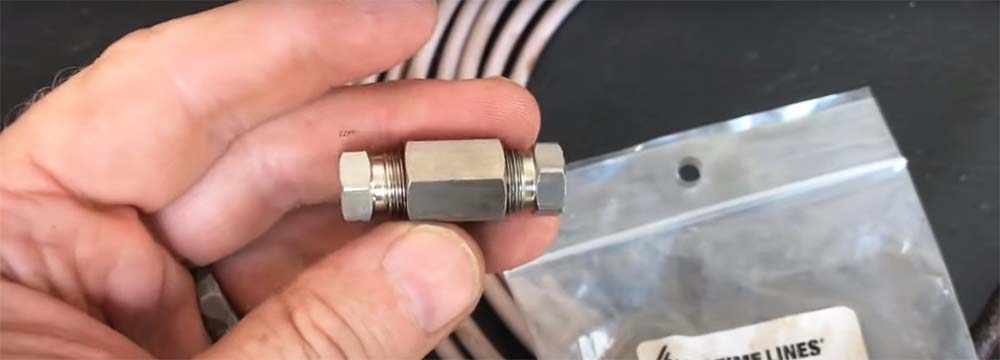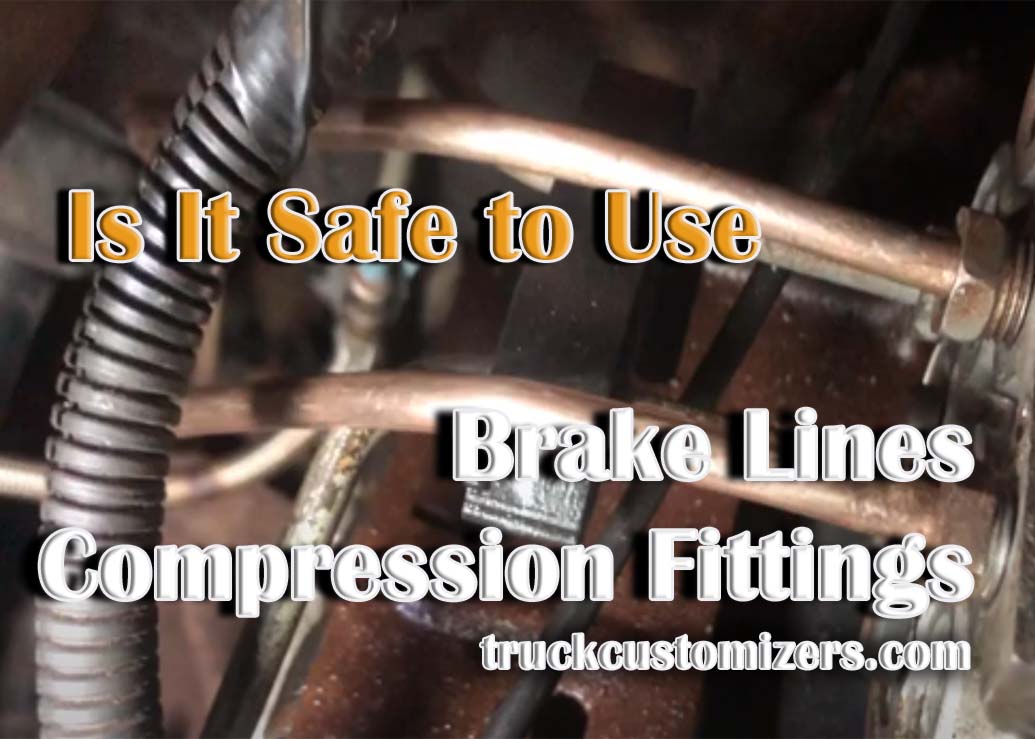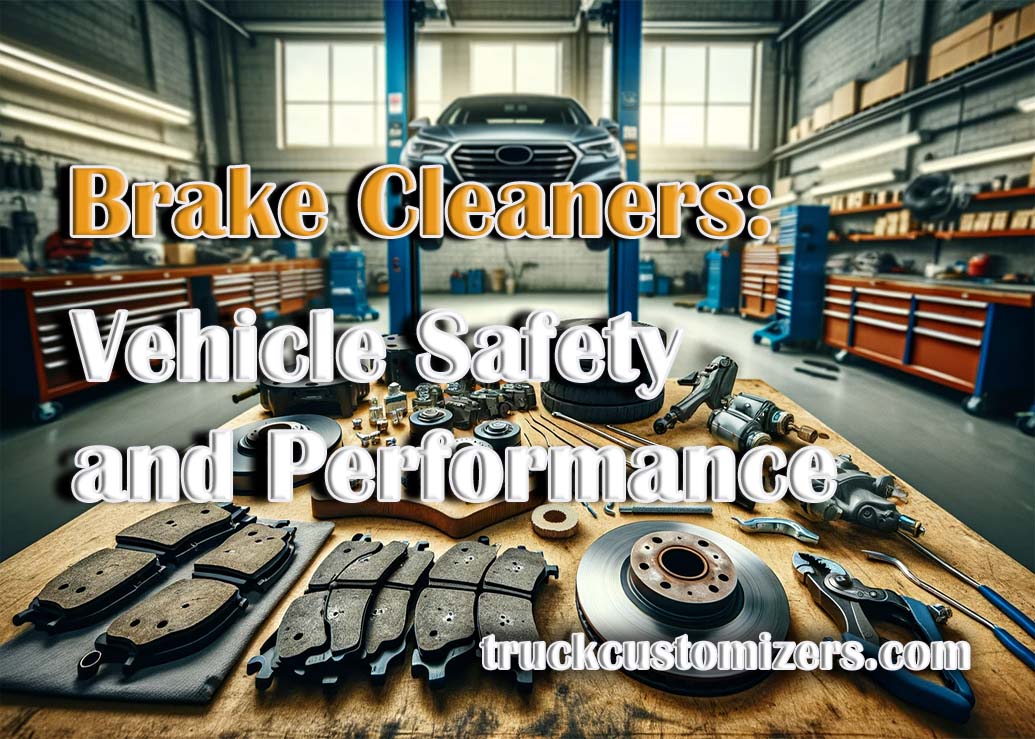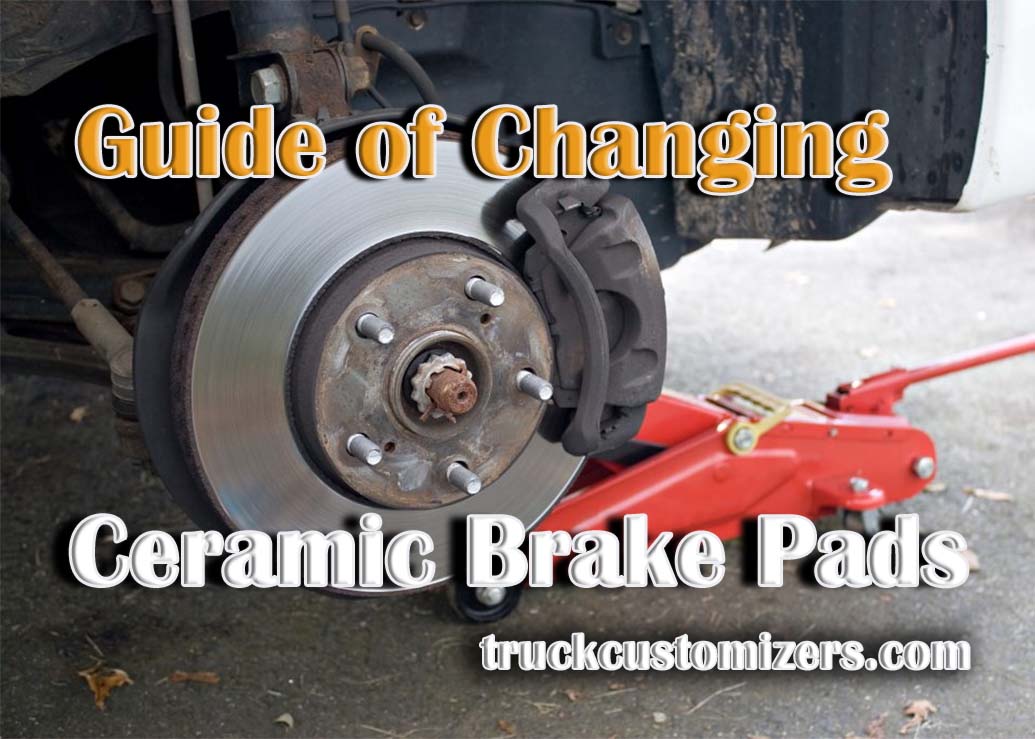When it comes to cars, any kind of repair or modification carries a certain amount of risk, and one such modification is fitting a brake line with compression fittings. The safety of using these kinds of fittings is an important consideration when making automotive repairs or modifications that involve the brake system, as any mistakes can have catastrophic results.
Compression fittings are used in many different types of plumbing work and other applications where pipes need to be connected quickly and securely without having to solder joints together or use other complex techniques like welding or soldering that require specialized tools and skillsets. Although they are not typically used in automotive applications due to their weak sealing capabilities compared with traditional methods like welding, they can be used safely if done so correctly, especially when it comes to connecting brake lines which require extra care due their vital role in keeping drivers safe while driving their cars.
Benefits of Compression Fittings
Compression fittings offer several benefits over traditional methods such as soldering or welding when it comes to installing brake lines; they are much faster to install than either method as no heat needs to be applied in order for them to form a secure connection between two pieces – a process which only requires tightening down two nuts onto each end instead – meaning that less time is spent while installing them compared with other fitting types such as soldered couplings which have an additional step involved in heating up the pipe before joining it together with another piece using solder paste applied between both ends first before being clamped down. Additionally, compression fittings are also more cost effective as they require less tools and materials since no welding equipment or solder paste is required in order to form a secure connection between two pieces of pipe.

Factors That Affect Safety
Safety is a top priority when it comes to brake lines. While brake line compression fittings offer a solution, not all of them are reliable for such an important task. Here’s a breakdown of what determines the safety of these fittings:
-
Material Used: The type of material used in the fitting matters. Brass and stainless steel are the top choices for many manufacturers. These metals resist corrosion better than others. Corrosion can weaken fittings, which is risky. Using materials that don’t corrode easily means the fittings might last longer and stay strong.
-
Pressure Handling: Some compression fittings can’t handle high pressure. Brake systems in cars deal with a lot of pressure. If a fitting fails under pressure, the brakes might not work. This is dangerous. Not all compression fittings are made for high-pressure jobs like car brakes.
-
Quality of Manufacturing: How the fitting is made matters a lot. High-quality parts often work better than low-quality ones. This is because better parts are made with more care. The machines used to make them are set to strict standards. This means they fit better and are more reliable. On the other hand, low-quality fittings might not be made as carefully. This can make them less reliable.
When you think about upgrades, do check our article on the Best Leveling Kits for Silverado. It gives insight into enhancing vehicle performance.
How to Install Brake Line Compression Fitting
When installing a compression fitting on a brake line it is important to make sure that all connections are fully tightened. Additionally, it is also important to make sure that any thread sealant applied during installation has been allowed enough time to fully dry. When finished tightening down all connections it is then recommended that you check for any visible signs of leakage such as moisture around the threads or visibly wet sections along the length of pipe; if detected then additional steps should be taken immediately such as replacing old sealant with new ones before continuing with installation. Finally, once everything has been checked over and confirmed working correctly then brakes should be bled accordingly so that air bubbles present within hydraulic fluid don’t cause issues with braking performance while driving vehicle afterwards.
Conclusion
Compression fittings can provide an efficient way to connect brake lines without the need for soldering or welding, however, it is important to ensure that they are of high quality and installed correctly in order to reduce potential risks posed by using them on a vehicle’s brake system. Additionally, it is also important to note that while compression fittings are generally considered safe for use on brake lines when installed correctly, they can still be prone to failure in certain conditions or when used in applications with high pressure such as automotive brakes; this means that extra care should be taken when installing them and any visible signs of leakage should be addressed immediately before further operation.



